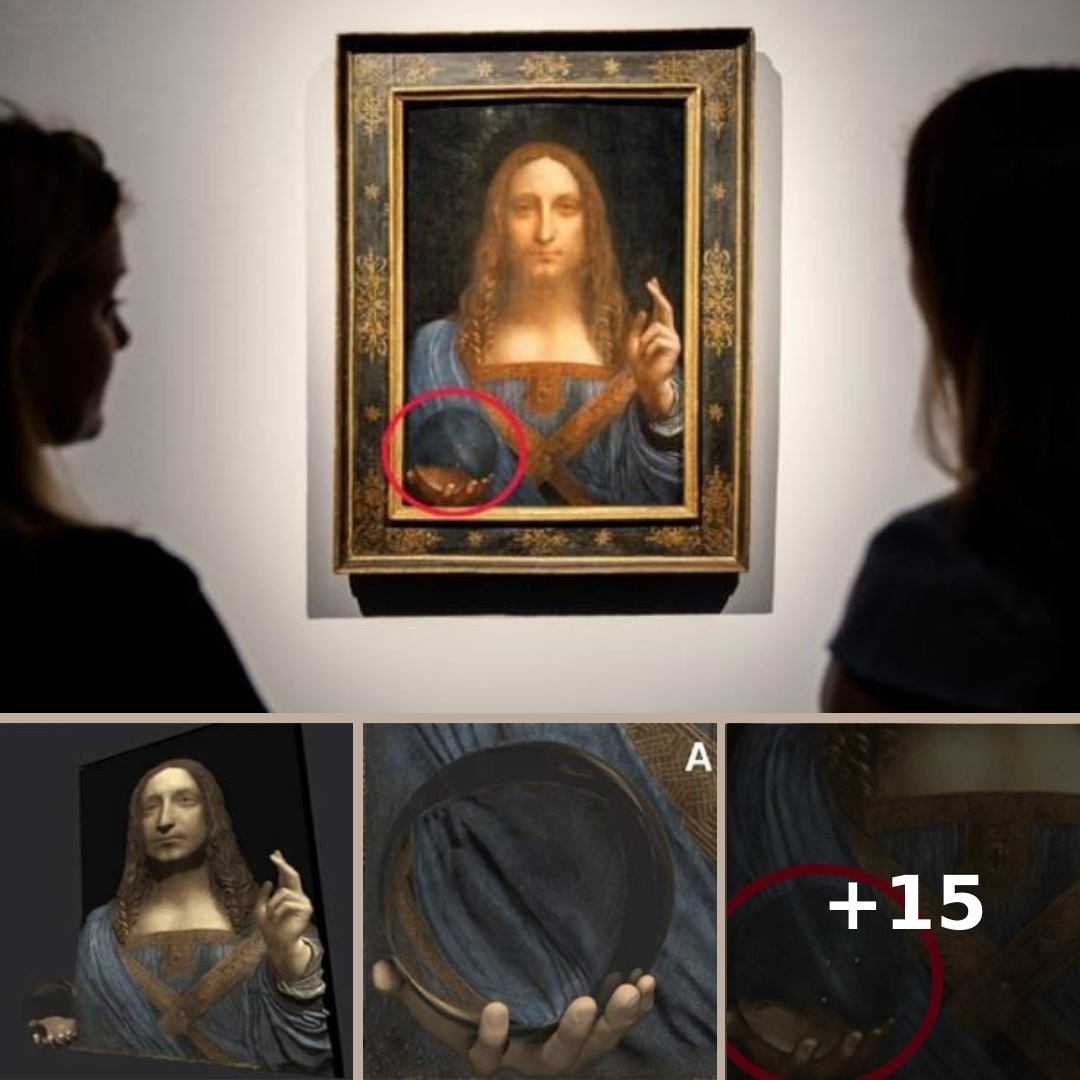Leonardo da Vinci’s Salvator Mundi painting was sold for $450 million in 2017. However, it hides a mystery that has puzzled scientists for hundreds of years.
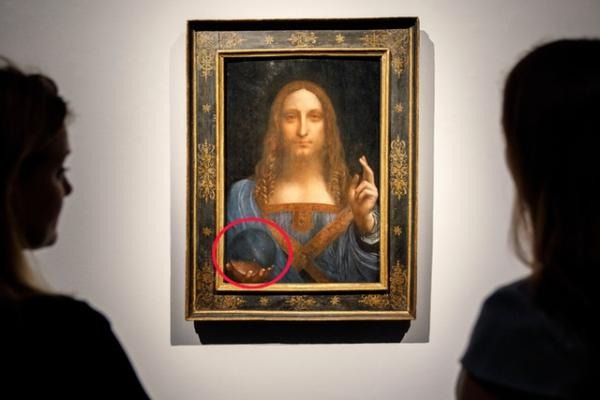
Leonardo da Vinci – a genius, outstanding philosopher, and also a rare painting talent of mankind. He has left for posterity countless top-notch works with many critics’ ink-consuming details, such as the hidden smile of “Mona Lisa”, or the spilled Judas salt in ” The Last Supper” (The Last Supper).
In particular, there are many mysteries that after many centuries still cannot be solved. And one of them comes from the painting Salvator Mundi – a painting of Jesus made by da Vinci in the 1500s. This is also the most expensive painting in the history of the world, after an auction of up to 450 million USD. in 2017.
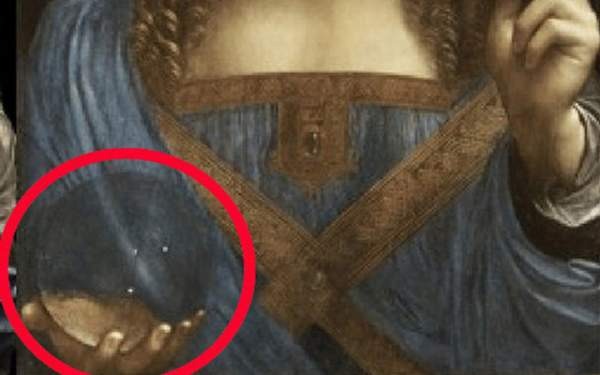
The mystery of this painting lies in the sphere that Jesus is holding. In the painting, the glass sphere is transparent, but the image behind is not deformed. That’s impractical, since light will be bent as it passes through the surface of the sphere.
But why is that? This question has puzzled scientists for hundreds of years. Most cases believe that this is a mistake of the artist, but others do not think so. Remember, da Vinci is not only a painter, but also an extremely knowledgeable genius in physics. He must have understood the story of how light was refracted. So is this a mistake, or is there something hidden behind it?
And recently, it seems that the answer has emerged through research from the University of California, Irvine (USA). Based on a computational model, experts believe the answer is simply that the figure playing Jesus in the painting was holding an empty orb, rather than entirely made of glass.
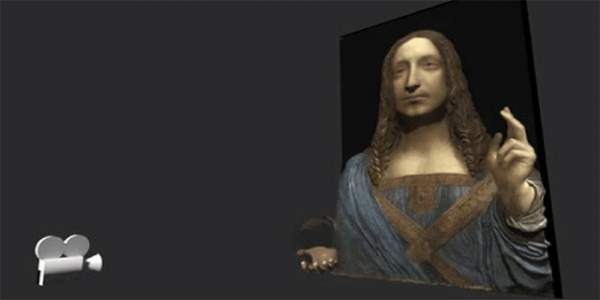
In fact, the idea of a hollow sphere in da Vinci’s painting has been put forward by a number of scholars before, in addition to a number of theories about other materials. But now, more advanced technology has allowed us to have a formal conclusion on this story.
“Our experiments are based on materials, light sources and scientific knowledge of the time of Leonardo da Vinci,” – quoted in the research report.
Experts have used a rendering technology called: reverse rendering – allowing to create 3D images based on 2D images, in order to recreate the order of artists painted hundreds of years ago. Based on calculations, the mysterious sphere has a radius of about 6.8cm, is placed about 25cm from the holder, and is less than 1.3mm thick. In addition, the shadow cast on the painting shows a strong light coming down from above, with a diffused light around.
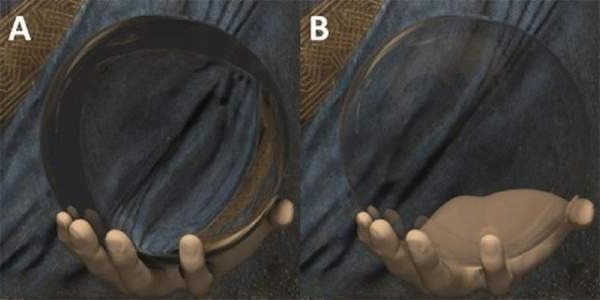
Although this result has not been peer-reviewed, it is completely reasonable. Because, the old da Vinci had a very solid knowledge of optics and glass. There is even evidence that he has deepened his research in this area. So, this proves that he applied his knowledge to produce the most realistic image, instead of a mistake as many people mistakenly believe.
Illustrate the image behind the sphere if it is solid (A) and when it is empty (B).
“Analysis showed that Leonardo da Vinci fully understood optics, so he had the model hold a hollow sphere to prevent the image from being distorted when the light hit it.” – study conclusion.
